“You’ll love it,” said Matt Saunders. “Genesis do brilliant interiors.”
Our road test chief was reacting to my asking what he reckoned about the Genesis Electrified G80, the five-metre-long luxury saloon I’d just learned was to be my transport for the next few months. I’d not driven one, but his backside has been in practically every car on sale.
Saunders also knows my abiding preference for car comfort, hence the comment.
I liked what I heard. I also liked what I’d just read on the website, that Genesis (Hyundai’s slowly expanding premium marque) sees itself as “striving for balance between elegance and performance”.
In my life, the point of having a big saloon is surely to enjoy the comforts, and like many who’ve settled into EV life over the past few years, I’ve become bored/impatient with big EVs whose whole configuration (big tyres, hard suspension) is subservient to a 3.0sec 0-62mph time.
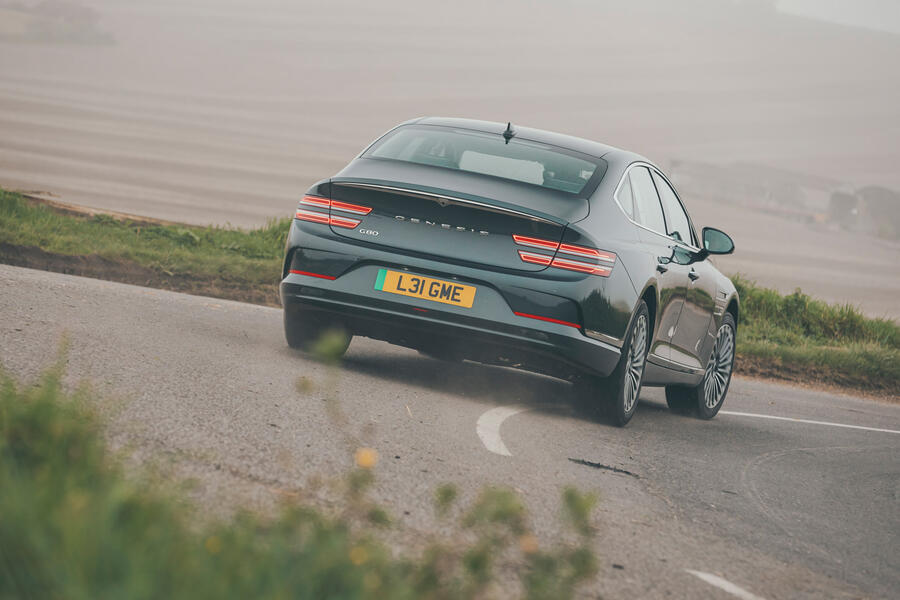
It was cheering to see that the G80 EV had two sensibly powered electric motors — 182bhp at either end — and that the 0-62mph time was ‘only’ 4.9sec.
This promised all-around refinement, which strikes me as the major opportunity in electric cars. Chuck in 800V technology (a major advantage in fast charging) and a WLTP range of 323 miles and you’re talking about a car I reckoned I could enjoy.
There were drawbacks. The Electrified G80 is a battery version of a car primarily made for petrol engines, which makes it potentially heavier than need be (petrol car crash structures are usually complex and heavy) and it also lacked a ‘frunk’ (or ‘froot’), the handy front compartment most soulless EVs have to house charging cables.

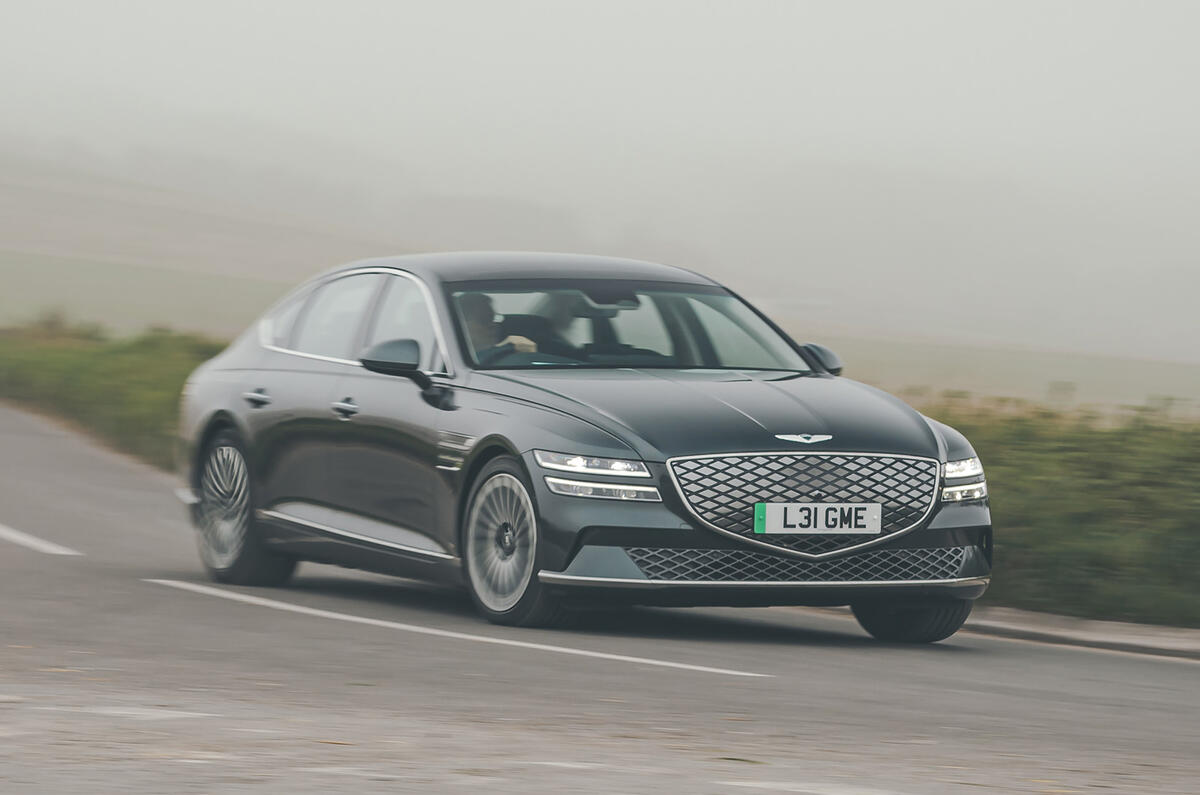




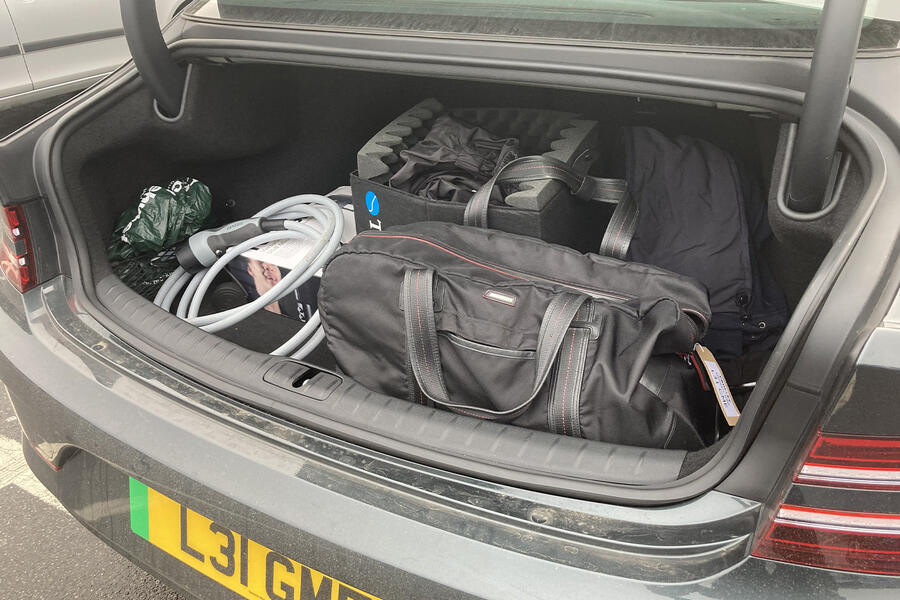
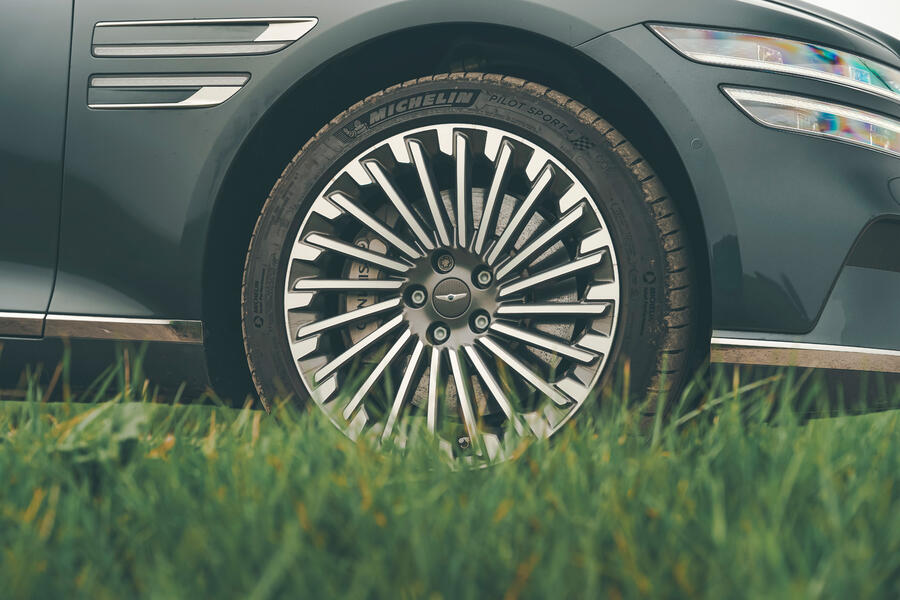

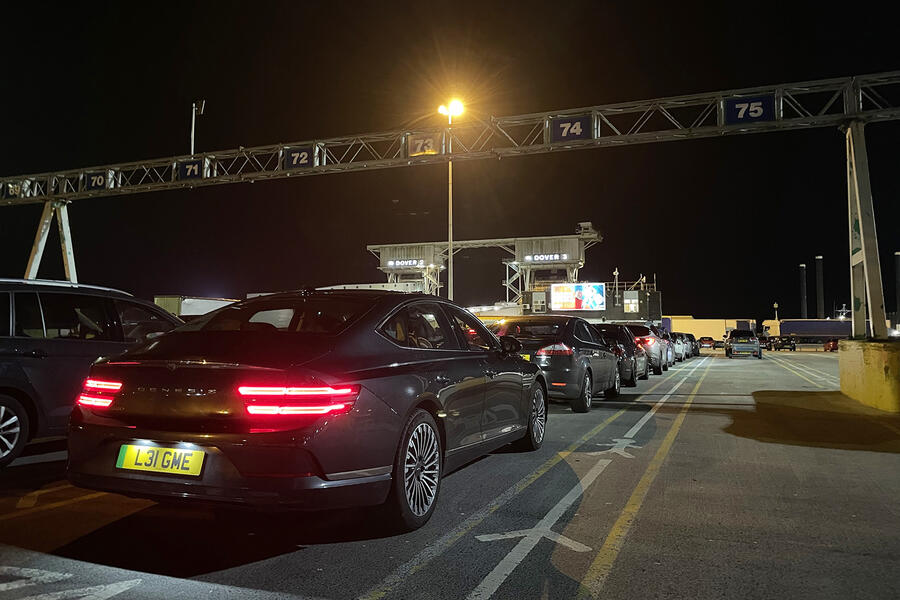


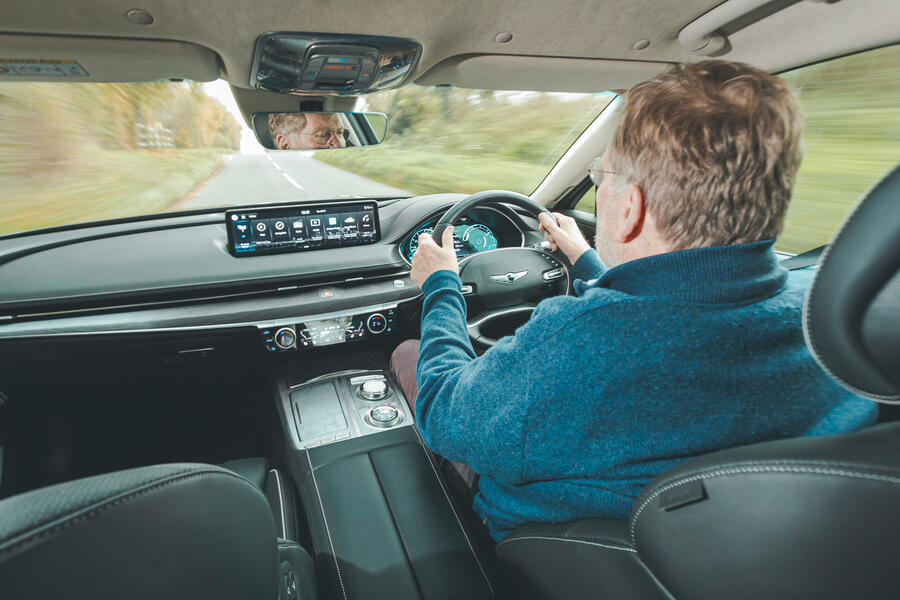

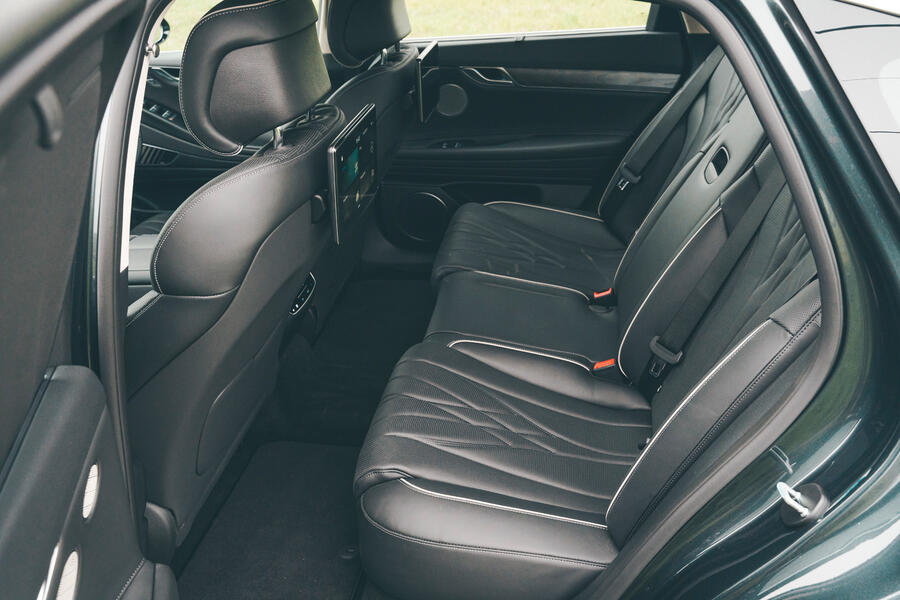






Join the debate
Add your comment
I have owned essentially the same spec car and colour - although my car has the light white interior, from new since July '22.
After twenty years and six new Jaguars, and prior to the Genesis a Maserati Ghibli Diesel (very good car), the Genesis remains the best car I've owned!
When you look at the boring German premium brands, which have all sorts of reliability issues, and the common as muck dreadful SUV's that everyone buys these days; the Electrified G80 is a real breath of fresh air!
I've lost count of all the compliments I get from passers-by about the car, whilst most think it's some kind of Bentley!
My first thought was yet again, motoring hacks in love with a car they don't pay for. So I've just looked on Autotrader to gauge depreciation. The first G80 EV I see is a 2024 example with 3575miles on the clock. According the MOT checker, it was first registered on 1st June 2024 so it's less than a year old. The car is in perfect condition with way under half the UK's average annual mileage. And this car also has these expensive additional packs added to it.
How much? Text above says list price is from £70k with your example £90k and Genesis UK ( yes it's the manufacturer selling it, not some corner street garage ) are asking £49K. But remember, that's the asking price, not the trade price, so it'll be worth less than that. Perhaps much less than that. I'm only guessing this, but I wouldn't be surprised if many used dealers refused to buy that car because at over £40k, they'll still have a very hard time shifting it on.
If one of the Autocar journos happen to read this, I'd be interested in how you arrive at the LIST Price now figure of £76525 for an example with 10K on the clock? as with any car, and as with the example I give on autotrader, your £14k of options are worth next to £0 on the used market.
I can't get around the idea of why manufacturers try to sell cars that nobody wants. What's in it for them? Why do they do it? We've been saying it from the day Genesis first announced their sales model, that they're flogging a dead horse here in the UK.